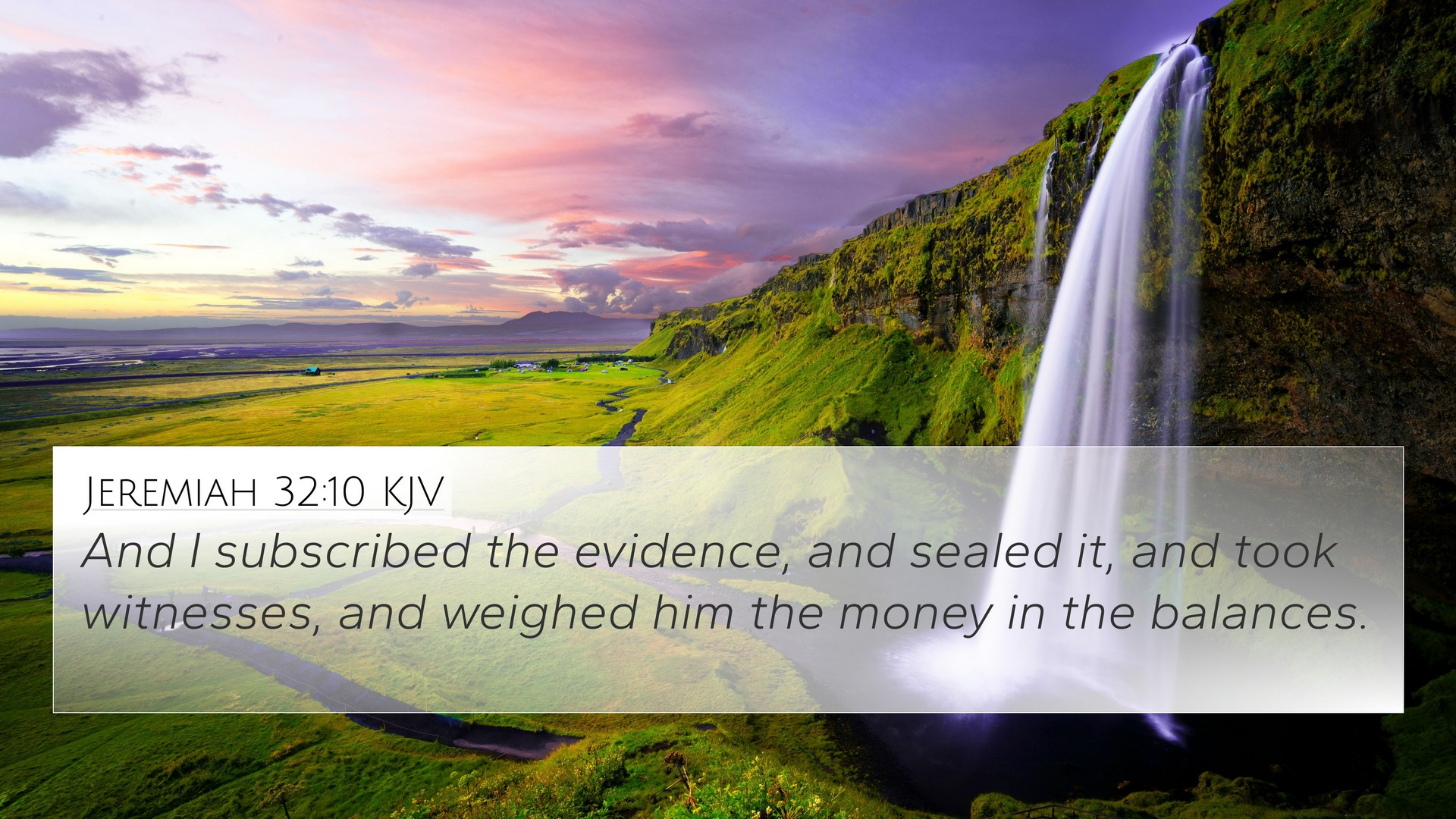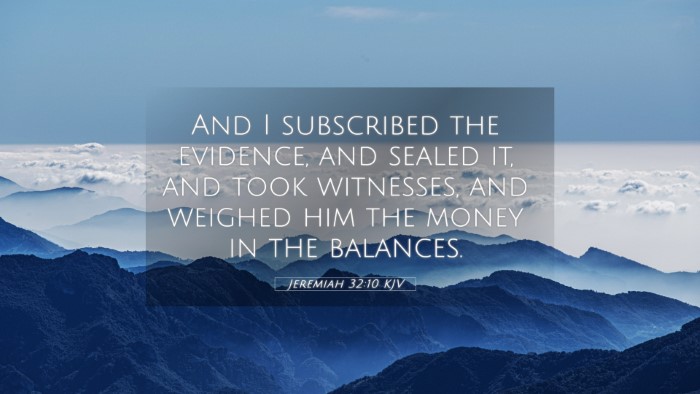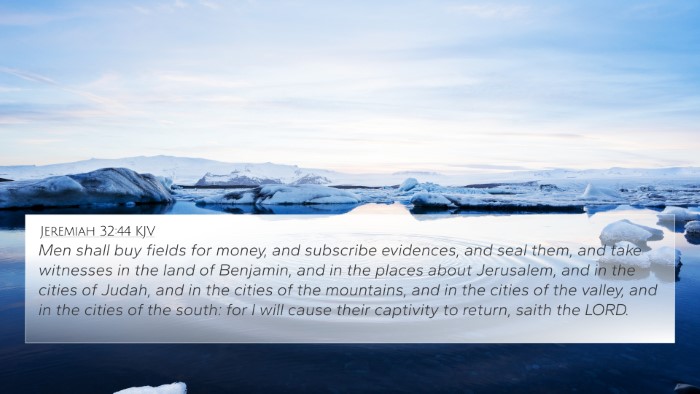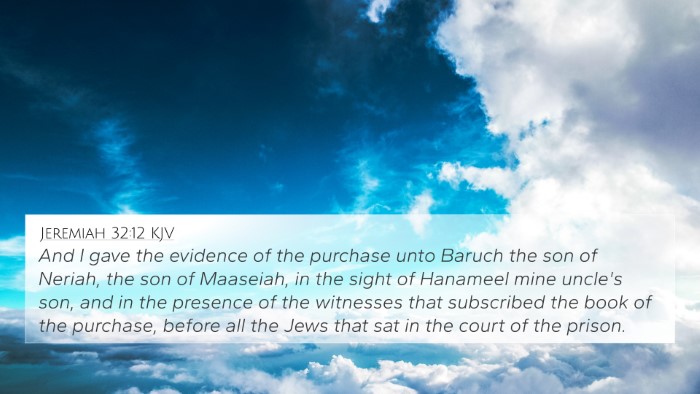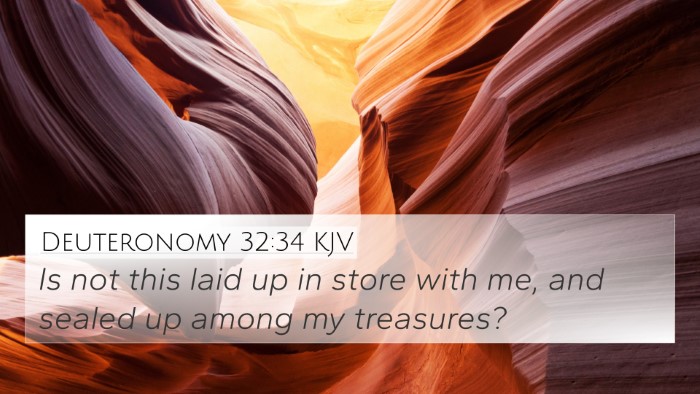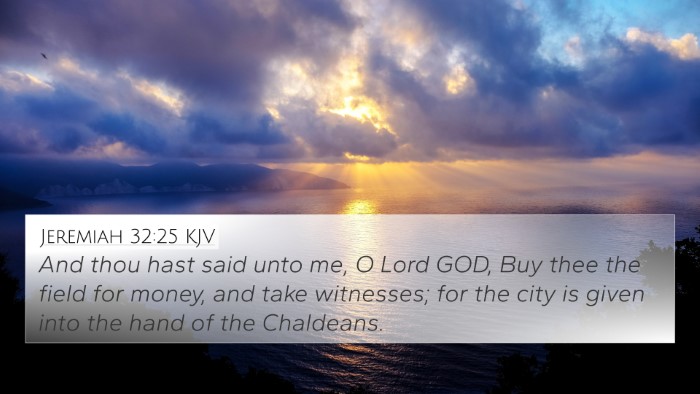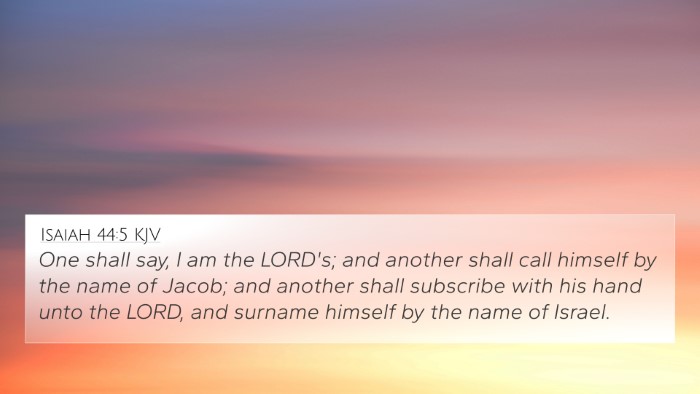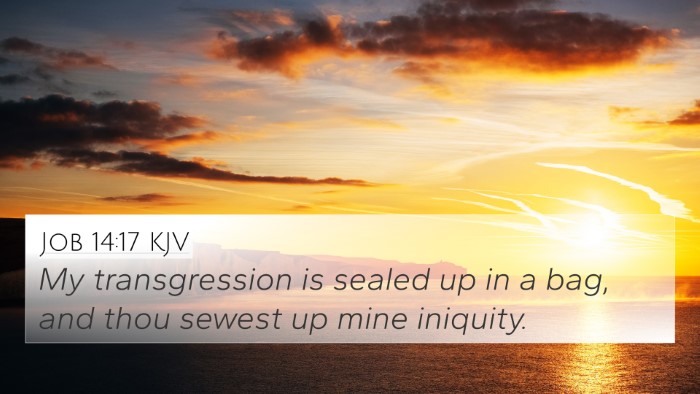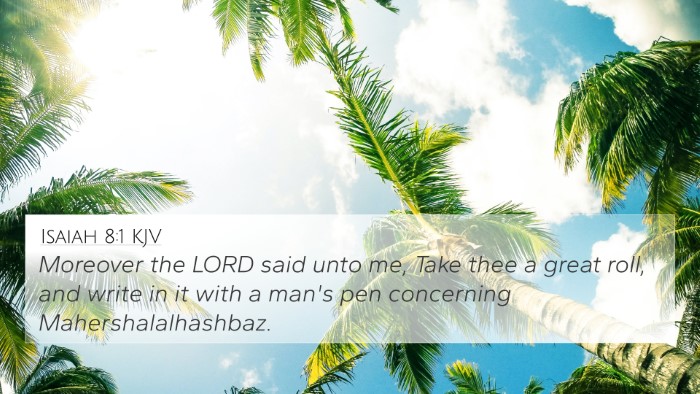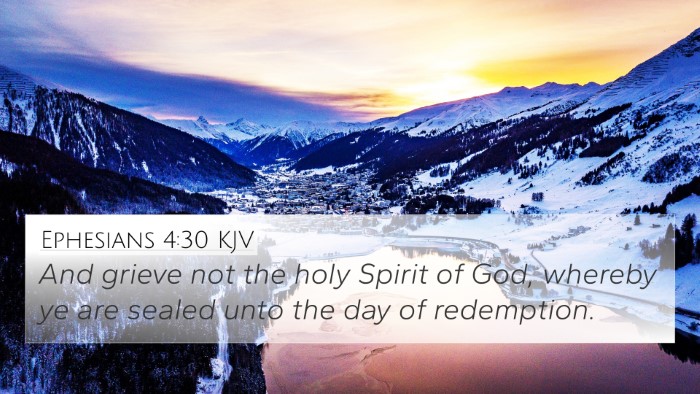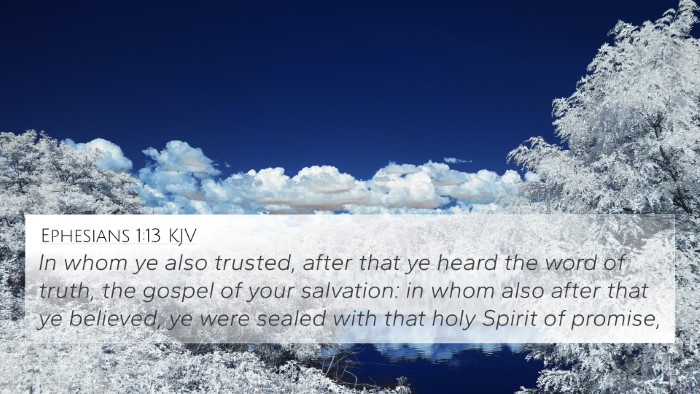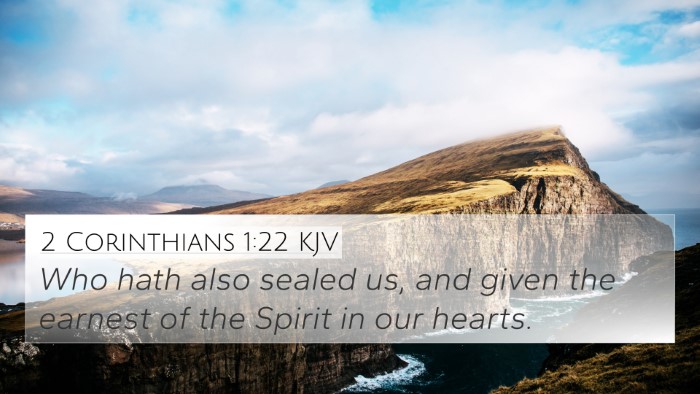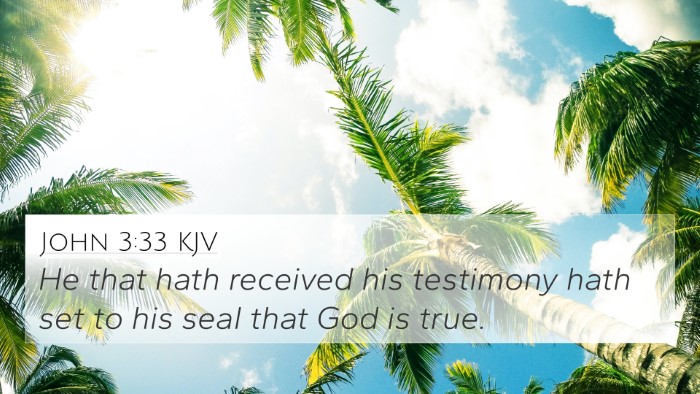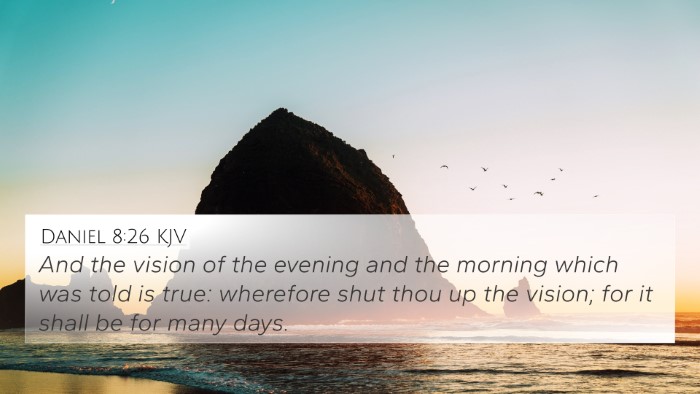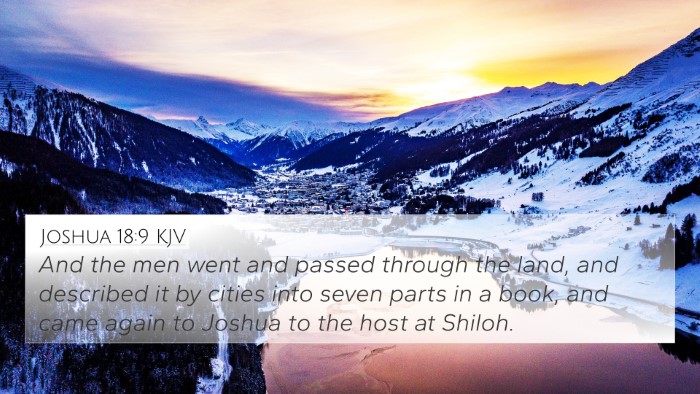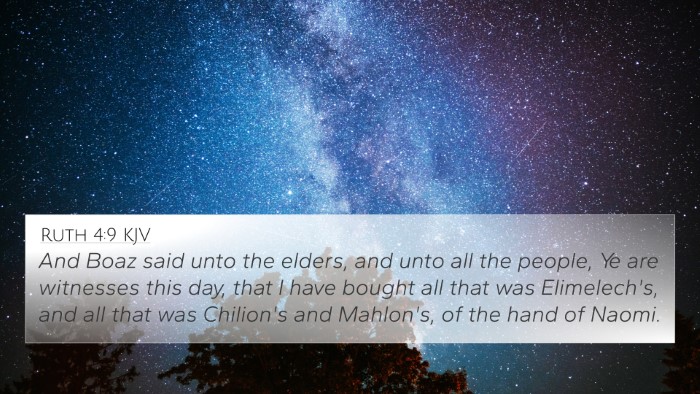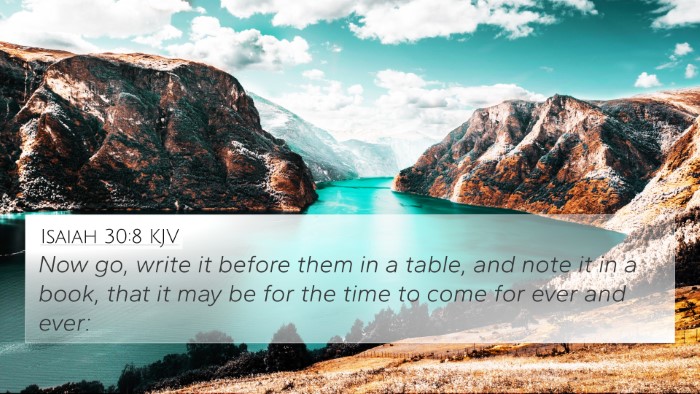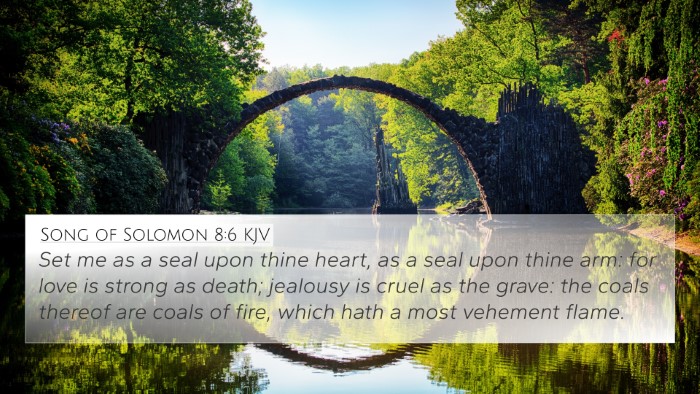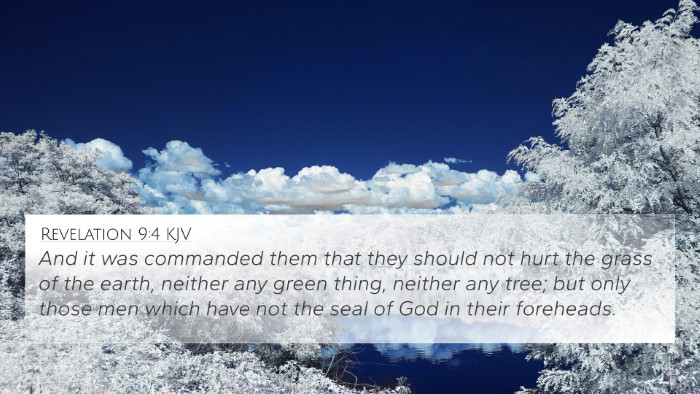Understanding Jeremiah 32:10
Verse: "And I subscribed the evidence, and sealed it, and took witnesses, and weighted him the money in the balances." - Jeremiah 32:10
Contextual Background
The Book of Jeremiah conveys God's message of judgment and hope through the prophet Jeremiah during the time of impending exile. In this verse, God instructs Jeremiah to purchase a field as a sign of hope for future restoration, despite the current calamities faced by the people of Judah.
Commentary Insights
-
Matthew Henry:
Henry emphasizes the act of purchasing a field as a declaration of faith in God's promise to restore Israel. This transaction represents an investment in the future, serving as a testament to God's sovereignty over His people and the land.
-
Albert Barnes:
Barnes notes that the sealing of the deed and the taking of witnesses highlights the importance of legal formalities, reflecting the seriousness of the promise. The act symbolizes God's assurance that His plans for His people extend beyond the current trials.
-
Adam Clarke:
Clarke remarks on the significance of weighing the money, illustrating the transaction's authenticity and the meticulous nature of God's dealings. He underscores that this act is also prophetic, indicating a time when the land will return to its rightful owners.
Theological Implications
This verse is rich in theological significance, primarily illustrating the themes of faith, restoration, and God's unfailing promises. It exemplifies the connection between God's judgment and His mercy, reminding believers that even in adversity, hope remains through divine intervention.
Bible Verse Cross-References
- Genesis 23:17-20 - The purchase of the cave of Machpelah emphasizes the importance of land ownership in the Hebrew culture.
- Isaiah 43:5-6 - God's promise of gathering His people highlights restoration theme.
- Jeremiah 29:10-14 - Assurance of Israel's future welfare and God's plans to restore them.
- Ezekiel 37:21-22 - Prophecy of Israel's reunification and restoration.
- Matthew 1:12 - Genealogy of Jesus includes connections to the faithful remnants of Israel.
- Acts 7:5 - Reference to Abraham's land promise, linking Old Testament faith to New Testament fulfillment.
- Hebrews 11:8-10 - Abraham's faith in God's promises regarding land reflects Jeremiah's faith in God's restoration assurances.
Connecting Themes through Scripture
In exploring the connections between Bible verses, one can discern a theme of hope in restoration that spans both the Old and New Testaments. The chorus of restoration and divine promise can be seen when comparing Jeremiah's faith-driven actions in Jeremiah 32:10 with:
- Romans 8:28 - God's purpose in all things, illustrating that trials lead to greater good.
- Revelation 21:1-4 - The ultimate restoration of creation serves as the culmination of God's promises.
Practical Application
For believers today, Jeremiah 32:10 serves as a powerful reminder of faithfulness amidst uncertainty. One can leverage tools for Bible cross-referencing to explore similar themes and deepen understanding. The act of examining cross-references not only enhances comprehension but also reveals the interconnectedness of Biblical texts, enriching personal and communal faith.
Conclusion: The Call to Faith
As highlighted through the insights of various commentaries, Jeremiah 32:10 calls readers to reflect on their faith in God's promises, encouraging them to believe in the restoration He offers even when circumstances seem dire. This passage exemplifies the beauty of scripture—woven together with themes of hope and continuity that enrich the believer’s journey.
Further Study
To deepen your understanding of Jeremiah 32:10 and its implications, consider exploring:
- How to use Bible cross-references for deeper theological exploration.
- Cross-reference Bible study methods that enhance biblical literacy.
- Identifying connections between Old and New Testament teachings.
